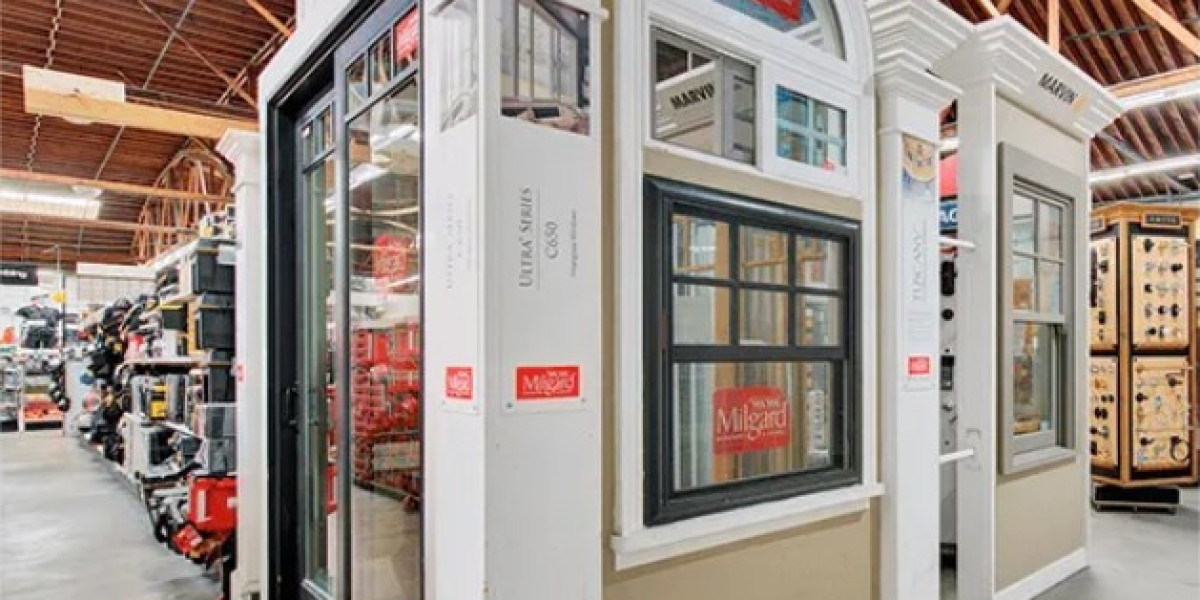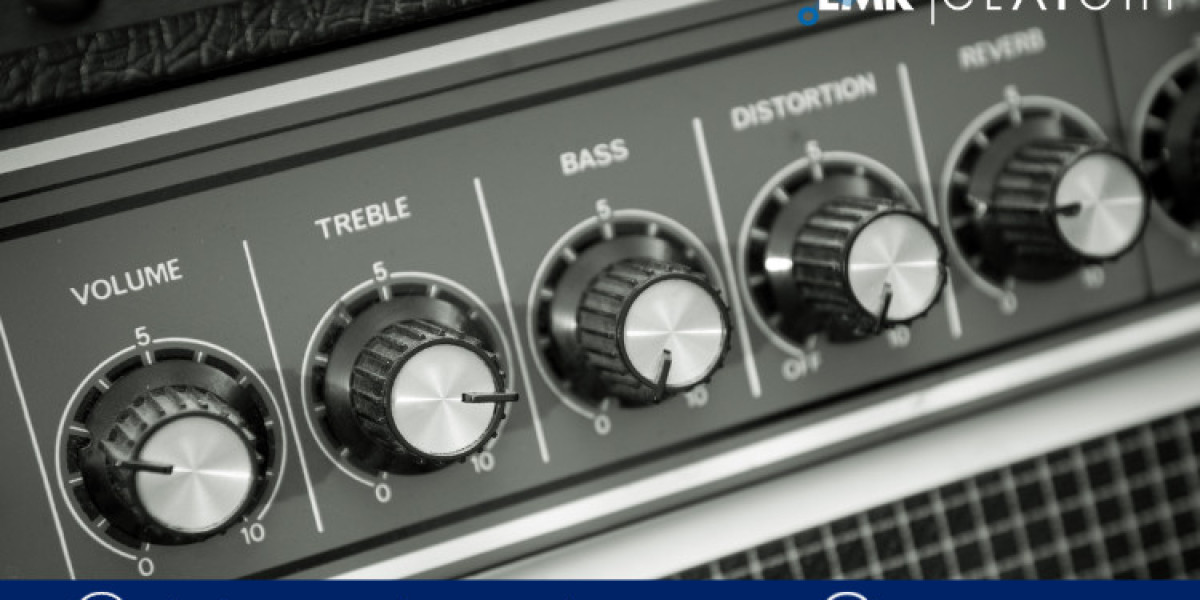Windows play a crucial role in defining the aesthetics, energy efficiency, and overall comfort of a home. Whether you're building a new house or renovating an existing one, choosing the right Window Supplies San Francisco is essential. In this comprehensive guide, we'll walk you through everything you need to know about window supplies, from different types of windows to materials, styles, and energy efficiency.
Types of Windows
1. Single-Hung Windows
Single-hung windows are one of the most common types found in homes. In this design, only the bottom sash moves vertically while the upper sash remains stationary. They are easy to operate and are a budget-friendly option.
2. Double-Hung Windows
Double-hung windows allow both the top and bottom sashes to move vertically. This provides better ventilation and makes them easier to clean. They are a versatile option suitable for any room in the house.
3. Casement Windows
Casement windows are hinged at the side and open outward like a door. They provide excellent ventilation and unobstructed views. They are ideal for areas where you want to maximize airflow and natural light.
4. Sliding Windows
Sliding windows have sashes that glide horizontally along tracks. They are easy to operate and are perfect for areas with limited space, such as patios and decks.
5. Awning Windows
Awning windows are hinged at the top and open outward from the bottom. They provide excellent ventilation while protecting your home from rain. They are often used in combination with other window styles to create a unique look.
6. Bay and Bow Windows
Bay and bow windows extend outward from the exterior wall, creating a bay or bow shape. They add architectural interest to a home and provide panoramic views and ample natural light. They are often used in living rooms, dining rooms, and master bedrooms.
Materials
1. Vinyl Windows
Vinyl windows are a popular choice for their affordability, low maintenance, and energy efficiency. They are available in a variety of styles and colors to complement any home.
2. Wood Windows
Wood windows offer a timeless look and excellent insulation properties. They can be painted or stained to match your home's décor. While they require more maintenance than vinyl or aluminum windows, many homeowners find the natural beauty of wood worth the extra effort.
3. Aluminum Windows
Aluminum windows are lightweight, strong, and durable. They are less expensive than wood windows and require minimal maintenance. However, aluminum is a poor insulator, so they may not be the best choice for cold climates.
4. Fiberglass Windows
Fiberglass windows are extremely durable and low maintenance. They are resistant to warping, rotting, and swelling, making them an excellent choice for humid climates. They also provide excellent thermal performance, helping to reduce energy costs.
Styles
1. Traditional
Traditional windows feature classic designs that never go out of style. They often have grilles or divided lites that add a touch of elegance to any home.
2. Modern
Modern windows feature clean lines, large expanses of glass, and minimalistic hardware. They are perfect for contemporary homes and allow for unobstructed views of the outdoors.
3. Transitional
Transitional windows combine traditional and modern elements to create a timeless look that works well with any architectural style.
4. Custom
Custom windows are designed to fit your specific needs and preferences. Whether you want a unique shape, size, or color, custom windows allow you to create the perfect look for your home.
Energy Efficiency
1. Low-E Glass
Low-E (low-emissivity) glass has a special coating that reflects heat while allowing visible light to pass through. This helps to keep your home cooler in the summer and warmer in the winter, reducing your energy bills.
2. Argon Gas Fill
Argon gas fill is injected between the panes of glass to improve insulation and reduce heat transfer. This helps to keep your home comfortable year-round and lowers your energy costs.
3. Thermal Breaks
Thermal breaks are insulating barriers placed between the inside and outside of the window frame to prevent heat loss and condensation. This helps to maintain a consistent indoor temperature and reduce energy consumption.
Conclusion
Choosing the right window supplies is essential for enhancing the beauty, comfort, and energy efficiency of your home. By understanding the different types of windows, materials, styles, and energy-efficient features available, you can make an informed decision that meets your needs and budget.








